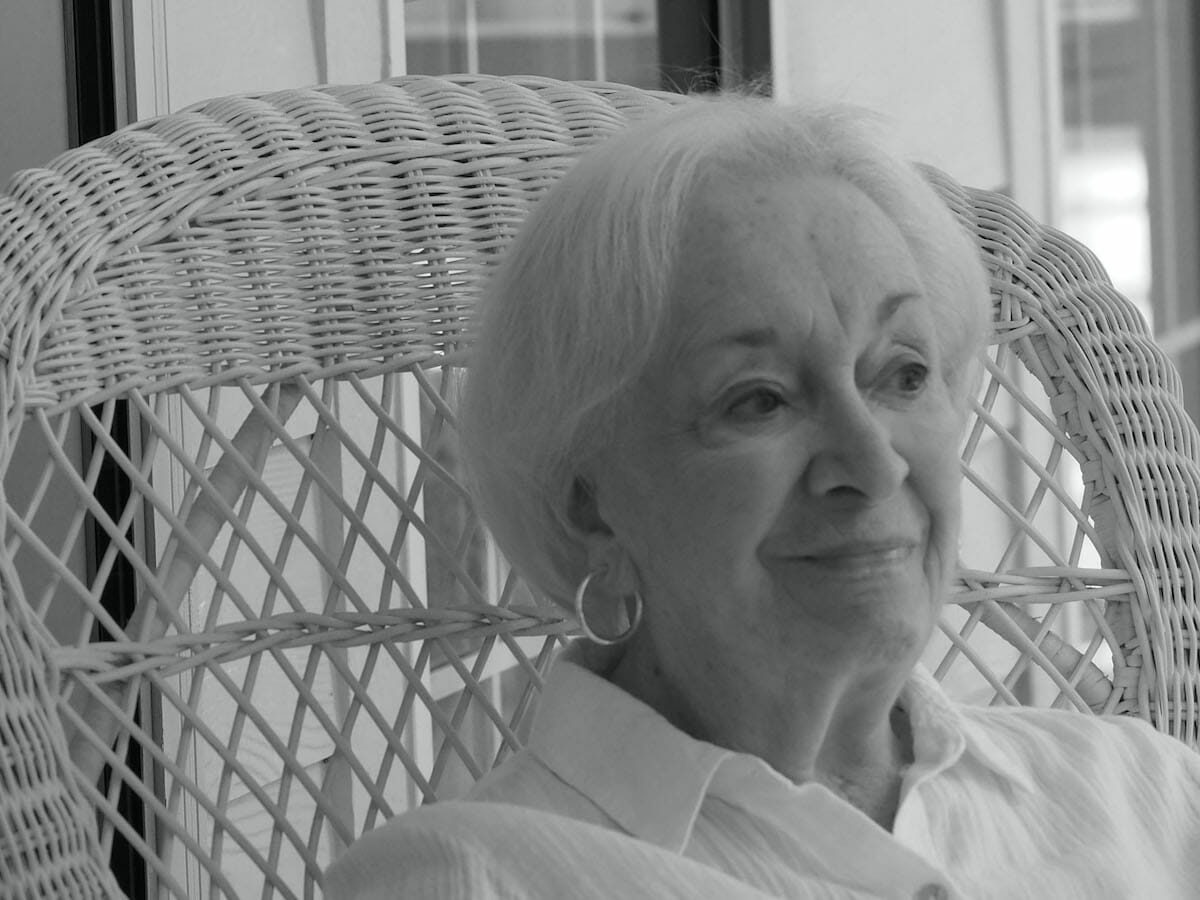By Scott Graber
It’s early, raining, and there is a linear, northeastern-moving storm front headed toward Beaufort after a run through the deep South. Thanks to the Weather Channel’s radar; and its red, yellow and green colorized blobs; one can watch the progress of the storm and write one’s column at the same time.
This morning I have my coffee — French Roast — and an article from the January 8 New Yorker dealing with the ancient Mongols titled “Genghis the Good.” The piece, written by Manvir Singh, gives us a new take on Genghis, Batu, Attilla and the horsemen who rode across the Russian Steppe bringing mayhem and death wherever they went.
I have always believed that these Mongols were bad people. Part of me also believed that Joseph Stalin, Nikita Khrushchev and Vladimir Putin were direct descendants of the Golden Horde and this fact explained the assassinations, pogroms, deliberate famines and the Gulag Archipelago.
With this in mind, I wrote a column on the Russian soldier in connection with their more recent butcheries in Ukraine, asking: “Who are these killers?”
“Some say that these young, conscripted Russians soldiers carry the chromosomes of Genghis Khan. Actually some claim these cold-blooded killers are descendants of Batu Khan, Genghis Khan’s grandson, who led his rabid, raping horsemen — the so called Golden Horde — into Russia in 1248.”
“In 2004 Russian geneticists decided to test this theory by finding out how many Russians actually carried the Y chromosome of Genghis Khan. They looked at 1,400 men from various ethnic groups and found a cluster of ‘Ghenghisides’ among the Kazakhs, Altai and Buryats of Northern Eurasia. But they didn’t find any genetic trace of the Mongol marauder in Russia itself.”
But this morning we learn that Western academics are taking a new look at the horse-riding archers “who spilled into Europe, India, the Near East and Western China.” Eventually the Mongols arrived in Russia making vassals of its long-suffering peasants and its caviar-eating princelings.
We are told (by Marie Favereau) that these rapid-moving, blood-drinking warriors believed in “Security and free passage for merchants and goods, privileged treatment for elites, clergy, traders, and artisans; carefully planned tax and land regimes; and mostly indirect governance … for Russian subjects and Mongols alike.”
“The Russian principalities experienced extraordinary economic vitality during their vassalage to the Horde, she writes, pointing to forty or more cities built in Northeastern Russian during the fourteenth Century.” (For more positive press please read Marie Favereau’s “The Horde: How the Mongols Changed the World.”)
Singh’s New Yorker piece also ends by emphasizing that these hard-riding horsemen were truly remarkable.
“They lived in enormous, traveling societies. They subsumed diverse ethnic groups and could mobilize for war instantly.”
Notwithstanding this praise — high praise to be sure — the New Yorker cannot help taking a gratuitous shot at those old-school, old-fashioned scholars who still insist that the cradle of civilization was located in Greece, Rome, China and the Persian Empire.
“Global history’s professed aim of de-centering world history requires a more sophisticated grasp of what sophistication looks like. In the case of the nomadic societies, we need to shift our orientation from the static to the flexible, from social complexity embodied in brick and bureaucracies to something that dwells within networks; an ever responsive capacity for large-scale collective action.”
The new, and apparently growing scholarship on the Golden Horde is obviously meant to pull them into a new, positive category of “sophistication” by giving them points for large-scale collective movement and being a very good shot with a bow while galloping full tilt on a pony.
OK, I get that.
But is it necessarily to diminish the Greek, Roman, Persian and the Chinese civilizations by insisting we’ve got to put that art, sculpture, philosophy, agriculture and the building of aqueducts and underground sewers on the same level as “large-scale collective action” and the ability to mobilize for war?
Until recently the Russian people looked upon the 250 years of Mongol occupation as a period of national humiliation. But lately Vladimir Putin has embraced Alexander Nevsky, the Russian Prince who accepted the servitude to the Khans in order to stay in power. In a recent speech, Putin lauded the Mongol rulers for saving Russian people from Western influences.
This is a nod to Putin’s new friend, China, and it recognizes the troops serving in Ukraine of Turkic and Mongol origin. It probably means new chromosome testing to cement Russia’s ancient ties with bedlam.
Scott Graber is a lawyer, novelist, veteran columnist and longtime resident of Port Royal. He can be reached at cscottgraber@gmail.com.







